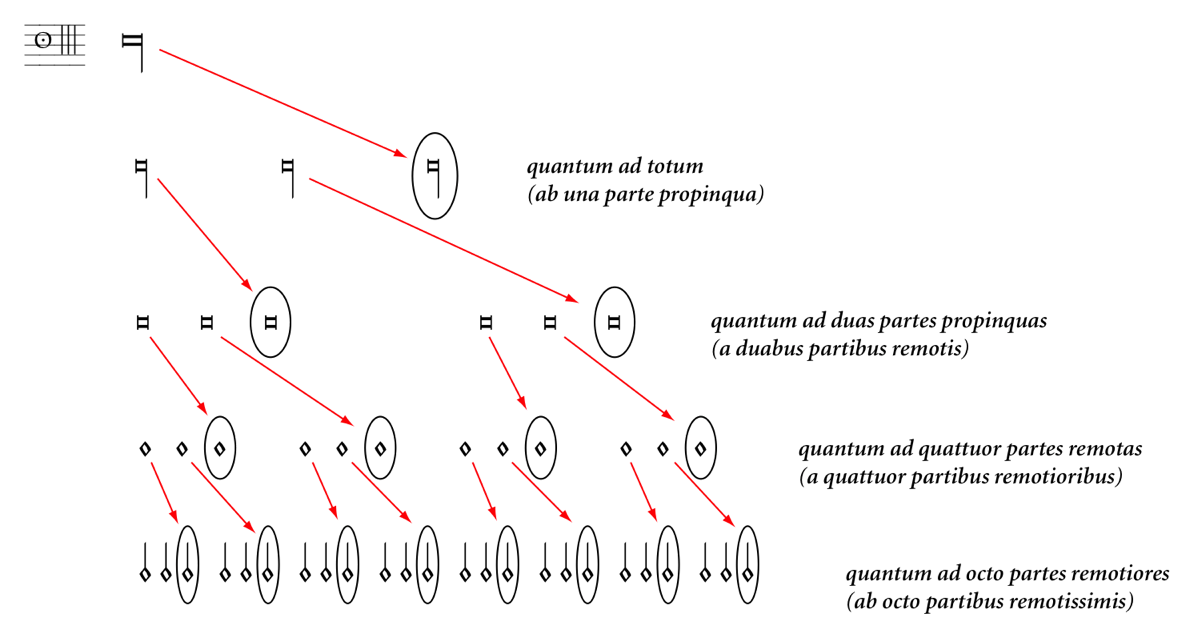Over the last few weeks we
have travelled through time, experiencing and exploring the music from the
Middle Ages and into the Renaissance. Sadly, the only music playing in my mind
at this precise moment is the Dr Who theme tune so let’s replace that quickly
with something more appropriate. Here is the Pope Marcellus Mass by Giovanni
Pierluigi da Palestrina (1525/26 – 1594), better known as Palestrina, after the
town he came from.
Ah, that’s better.
Palestrina was “The” Roman
Composer and is the composer most associated with music in Rome from the
Sixteenth century. His music was imitated for years to come and young composers
were advised to emulate his style for centuries after him. During this period,
composers were as much singers as they were composers and Palestrina was
educated in a choir school in Rome. After his schooling Palestrina became an
organist and choir master back in Palestrina for several years before returning
to Rome where he held some very important positions in churches such as St.
John Lateran and Santa Maria Maggiore. He also briefly sang with the papal
choir in 1555 but had to give up his place because he was married. Palestrina’s
first wife, Lucrezia Gori, died as well as two of his three sons. After this he
almost became a priest, however, in 1581 he married Virginia Dormoli, a rich
widow, making it possible for him to publish his own music.
During Palestrina’s time there
was a church council called The Council of Trent. The council sat in a place
called Trent in Northern Italy, giving it the name. It was formed in response
to the Reformation and its aim was to reinforce the doctrine of the Catholic
church. Some of the council wished to limit the use of polyphonic music in
church as they believed that these masses were based on secular chansons and
that this detracted from the words of the mass. There is a legend that
Palestrina saved the polyphonic masses from being condemned by the council by presenting
them with a “six voice mass that was
reverent in spirit and did not obscure the words.” This was the Pope
Marcellus Mass shown above, although the legend is most likely, untrue.
Palestrina wrote 104 masses but
only six of these are classed as “free” masses, including the Pope Marcellus
Mass. The rest are either imitation masses based on polyphonic models,
paraphrase masses or the cantus-firmus method of earlier times. “His sober, elegant music captured the
essence of the Catholic response to the Reformation in a polyphony of utter
purity.” His music indeed sounds pure and has a crystal-clear quality to it,
when you listen to the Pope Marcellus mass particularly. He has moved away from
triple meter and is using duple meter instead which would have been frowned
upon not so many years before. He uses tiered blocks of voices, four at a time
and then all six voices to accentuate certain parts of the mass. He also uses
word-painting with the sung pitches rising as “He ascends to heaven” and
getting lower as “He descends”. In addition to this he instils greater elements
of pathos and emotion than we have heard previously.
As you can see, and hear, we
have come a long way from the plain song of the Middle ages and the music is beginning
to sound a lot more familiar to our modern, tonally tuned ears. We have popped
in to visit the trobairitz, Comtessa de Dia, in the twelfth century, Guillaume
de Machaut in the fourteenth and Ockeghem in the fifteenth century, meeting many
others along the way. I have found it a fascinating journey so far and I find
that I can now appreciate the music I sing much more now that I have an
understanding of how it evolved. The history of music isn’t just about learning
a list of dreary composers’ names and dates, it is about getting inside those
composers’ minds and discovering how each of them added a new building block to
create the musical cornucopia we have available to us today.
References: A history of
western music – 9th edition. (Burkholder, Grout & Palisca.)







